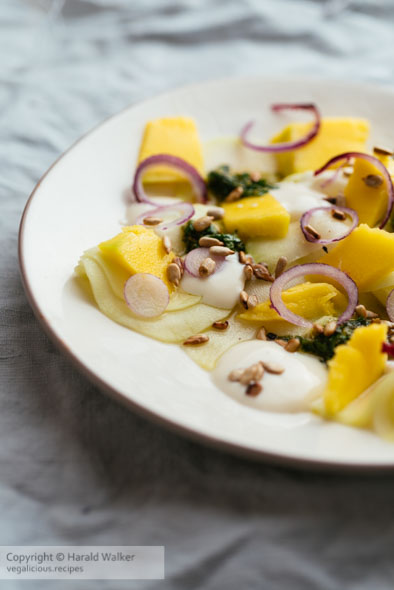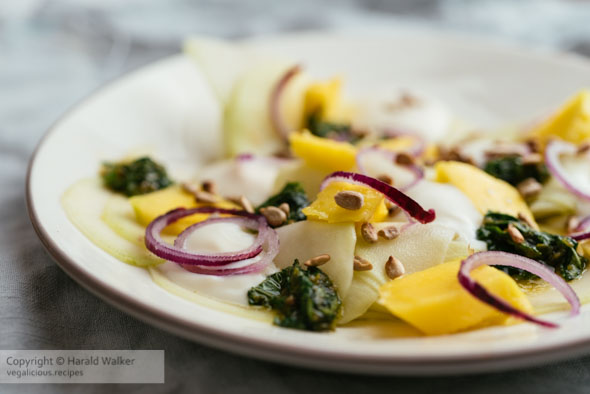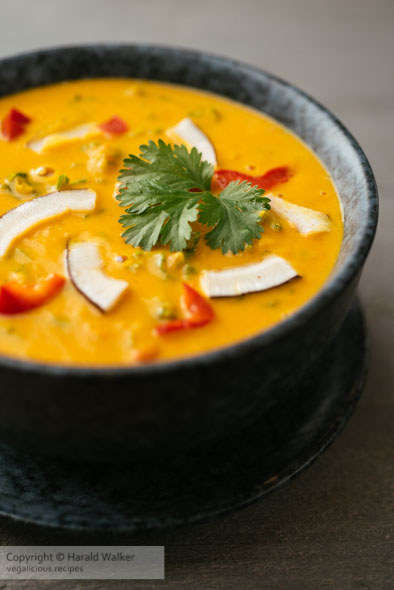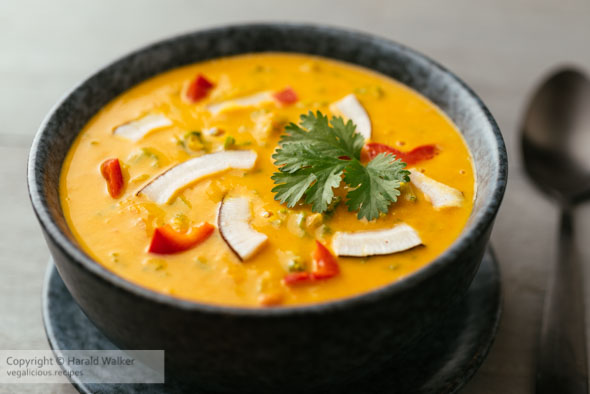This is a lovely salad, full of flavors, textures and color. There are also a lot of alternatives that would taste nice, see the notes below.
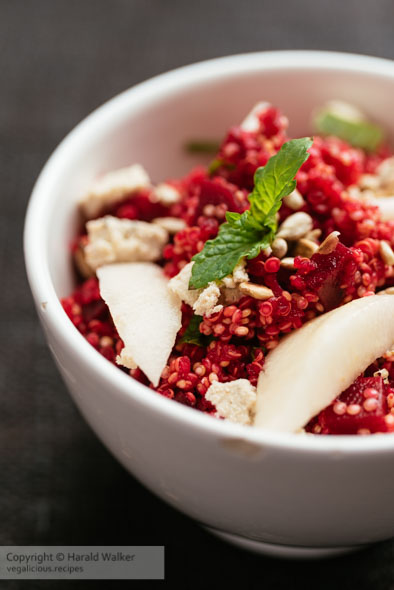
Serving Size: 4
Ingredients:
- 4 medium beets, washed, peeled, cut and pickled
- 1 cup quinoa
- 2 cups beet cooking/pickling liquid , can be stretched out with water if needed
- handful mint leaves, minced or julienned
- 2 ripe pears, peeled and sliced
- handful sunflower seeds, toasted (can also be pine nuts).
- 1 ounce vegan feta, crumbled
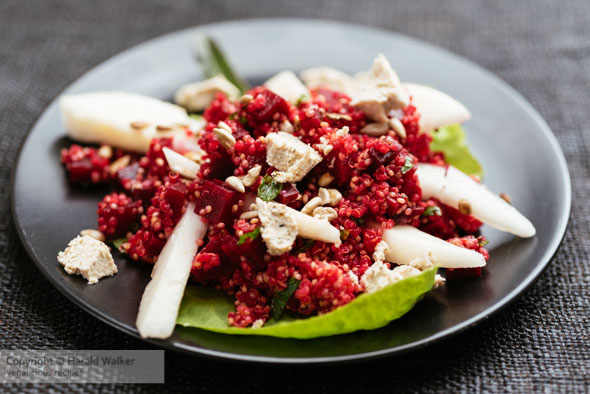
Directions:
- Much of the preparation for the salad can be and should be done ahead of time, ie. pickling the beets, cooking the quinoa as these take time, and it takes time for them to cool down.
- First you will want to pickle your beets (or buy pickled beets from the store).
- Peel the beets.
- Cut them in which ever shape you prefer (I cubed them).
- Set them in a pot of water, just cover with water, add 1/4 cup vinegar, pinch of salt and 2 tablespoons sugar. Optionally you can add a sliced onion, and seasonings as allspice or cloves, but they are not really needed for the salad.
- Cook then beets until they are soft.
- Using a slotted spoon, remove the beets from the liquid and set the beets in a bowl to cool.
- Wash the quinoa well in a sieve with running water.
- Place the washed quinoa in the pot with the beet liquid.
- Bring the liquid to a boil, then turn to simmer. If there is not enough liquid, add water as needed.
- Cook for about 10 minutes until the quinoa is done and, puffed and soft. Most of the liquid will have been absorbed.
- Place a lid on the pot and allow to cool.
- Toast the sunflower seeds or pine nuts in a dry pan until lightly browned.
- To make the salad:
- Mince or julienne the mint. You should have 1/8 -1/4 cup depending on your preference.
- Fluff the quinoa and place in a salad bowl.
- Using a slotted spoon, add the beets to the quinoa and mix well.
- Mix in the mint.
- Taste the salad, thus far, ours did not need additional seasoning. But perhaps you wish to make a dressing for more flavor. I would suggest a simple oil and vinegar, with a bit of vegetable bouillon powder and maybe a splash of agave. If you add too much dressing the salad will clump together.
- Peel and slice the pears. Place some in the salad and add some once you have served the beets and quinoa on a plate. The beets will “color” the pears.
- We dressed the plates with a few mixed greens.
- Add the salad to the greens on the plate add the pears in various places.
- Sprinkle crumbled vegan feta here and there and sprinkle some sunflower seeds on top.
- Alternatively you can also serve the salad in bowls.
Notes:
This salad would also be nice with pineapple instead of the pears. You could also use pistachios, and as an alternative dressing you could do an Asian dressing with miso, toasted sesame oil, mirin and a bit of rice vinegar. But, it may “mask” the subtle flavors of the beets and quinoa.
from Vegalicious https://ift.tt/3kDNww6
via Why You Should Consider Buying Organic Food
